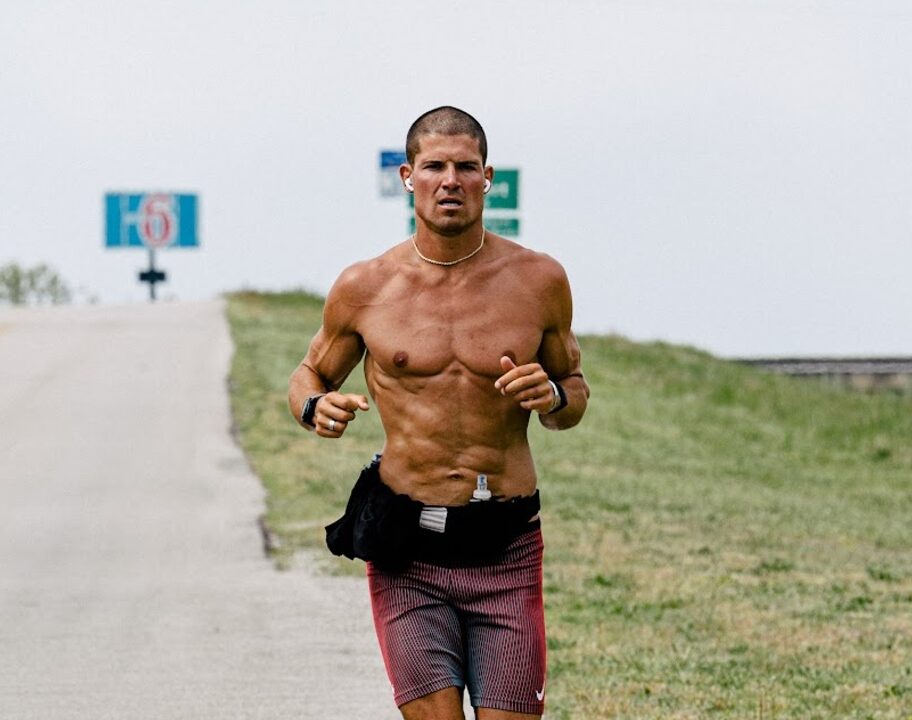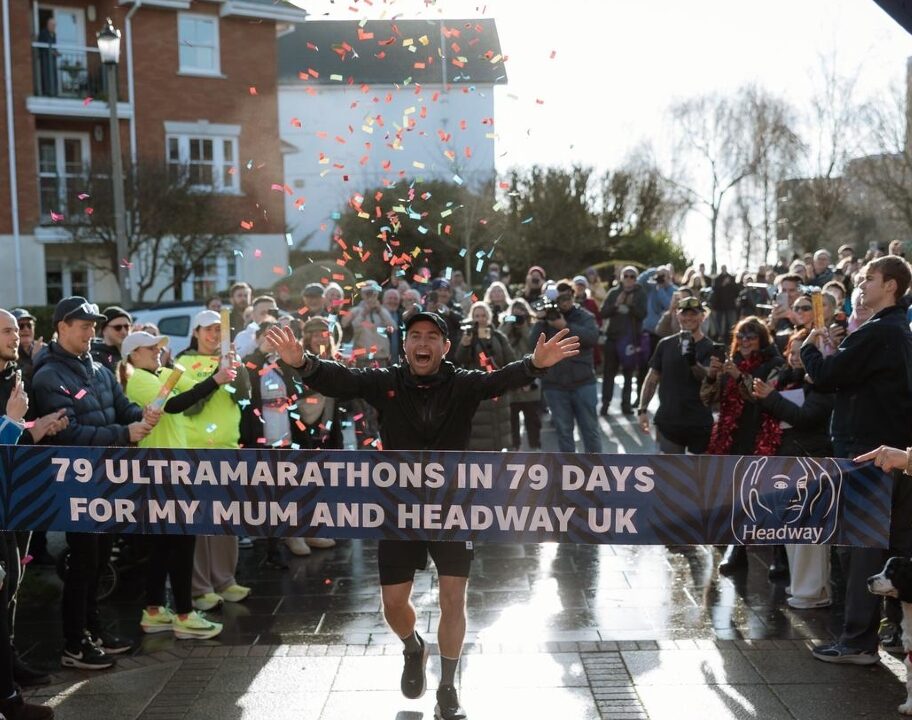Multiple world champion Jon Albon – who currently stands at #2 on the ITRA global rankings – explains in his latest RUN247 column how he has prepared for racing at altitude, admitting it’s ‘a far cry from what the Jon of old would have used’…
Mountains come in all shapes and sizes, many of them are pretty high above sea level though. As someone who grew up and has lived their entire life at sea level, I have always felt like I was at a disadvantage when I travelled up to race. As soon as I was at any elevation over 1000m I just didn’t feel right. Sleep was worse, recovery slower, heart rate elevated, and I generally felt weaker. As a runner who thrives off feeling strong when I compete, this was a big deal.
Of course, there is a physiological element here, but it is also scientifically proven that the higher you go above sea level, the worse your body will perform – especially if you aren’t acclimatised. This happens all the way up to 8000m where this drop in performance is so severe that your body can barely maintain its core functions to keep you alive.
Four main options
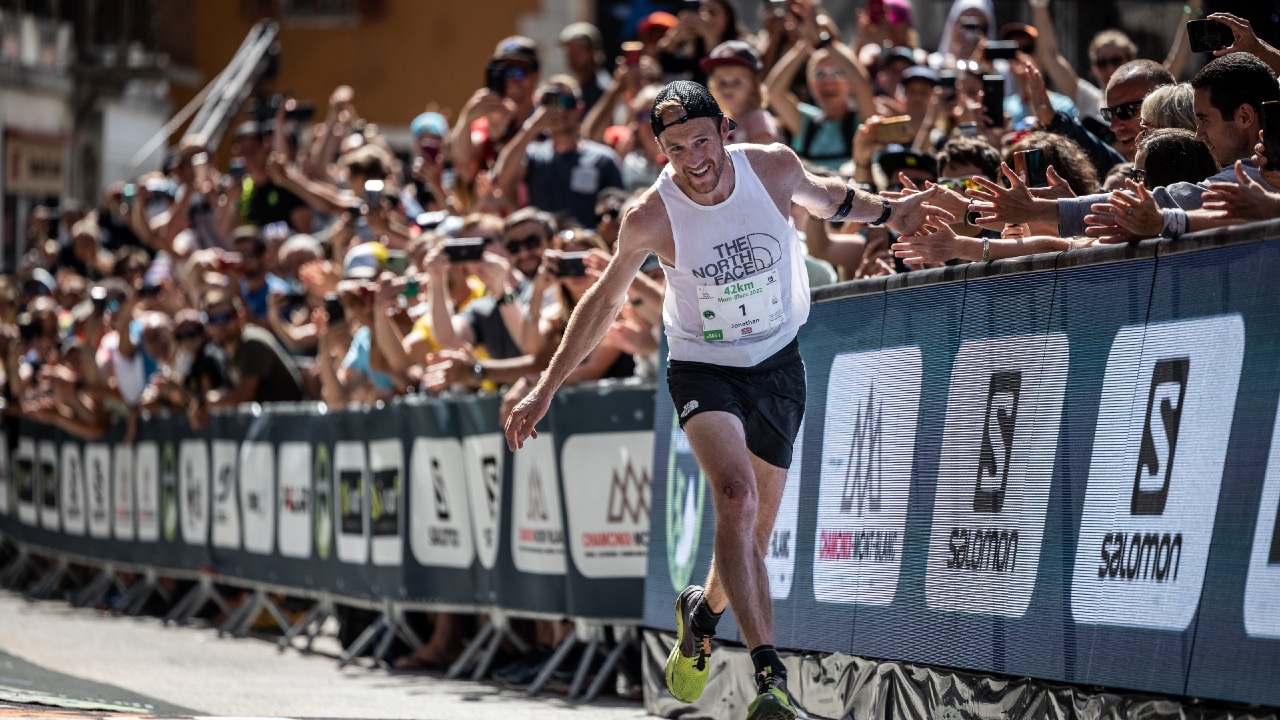
So as someone who lives at sea level how can you win races up high?
My first answer was not to bother. Altitude, or planning to minimise altitude, used to feature heavily when I was planning my season calendar and what races I would be doing. This led me to get excited when big races such as Skyrunning or Trail World Championships were to be held in places with less alpine mountains (less altitude). More often than not though the coolest or best races will also have some degree of altitude, so this was a problematic strategy.
A second approach is to train yourself to be fitter as well as more skilled and efficient than all your competitors, so when you factor in the drop in performance of racing at altitude, you still have a fighting chance. This tends to lead to an increase in downhill speed, as you need to make up the time lost on the climbs. As result of this approach, I have actually become known as one of the better downhillers, probably a skill cultivated from the necessity of needing to catch up throughout the years.
Additionally, you can spend many weeks at altitude before the event and at training camps in an attempt to acclimatise to the difference in altitude and climate. This is relatively costly and personally this never really worked out. I love where I live, and both my training and recovery is best when I am at home. Spending vast amounts of the year living out of a suitcase just to breathe thinner air hasn’t really been an option.
Lastly, you can buy and use an altitude tent in your preparation. During the latter part of the winter, I got my hands on a shiny new altitude tent and altitude generator from Higher Peak. There are a few different systems, but my tent is big enough for the entire bed and I have the altitude generator down in the basement. This way the air delivered to the tent is cooler and the noise of the machine is isolated outside of my bedroom.
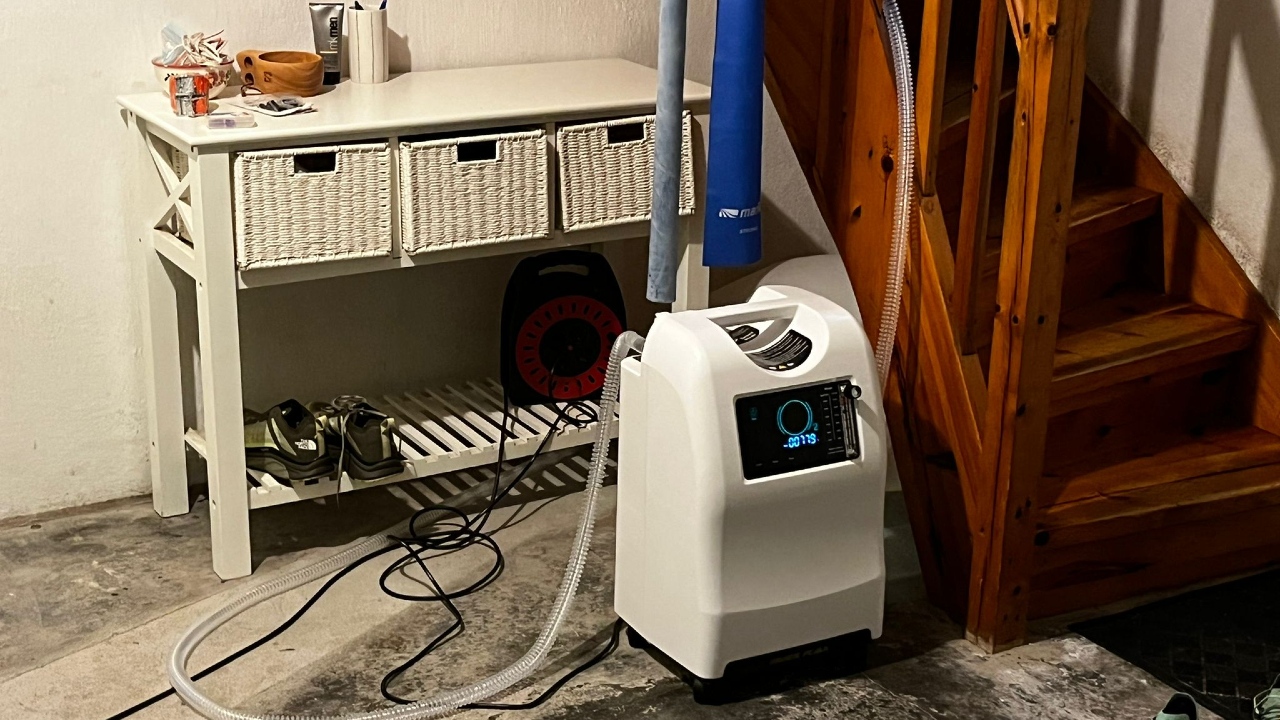
How it works
You can set the altitude generator to different heights above sea level and it will then deliver air to the tent with the correct concentration of oxygen. I started the first nights at 1000m and gradually increased the height until I could happily sleep at 2500m without any adverse effects, such as headaches or poor sleep quality.
My approach has been to sleep at altitude and train as usual. This way I get some adaptions to the altitude during the 8-10 hours I sleep at night and can maintain the same training quality without the thinner air reducing performance.
You can also hook up a mask and do some sessions at ‘altitude’. This I think would get you used to the feeling of pushing at altitude but would have less effect on acclimatising you. So I opted for the sleep high / train low approach and leave the final sessions before the race to getting used to pushing in the different climate.
Typically, your sleep quality should be poorer at altitude and mine was the one night my wife decided to join me in the tent. But I have found I sleep better in the tent than out; contained in my small bubble, there are less temperature fluctuations, the steady stream of air is enough to feel fresh and I have a theory that the filters reduce the effects of my hay fever.
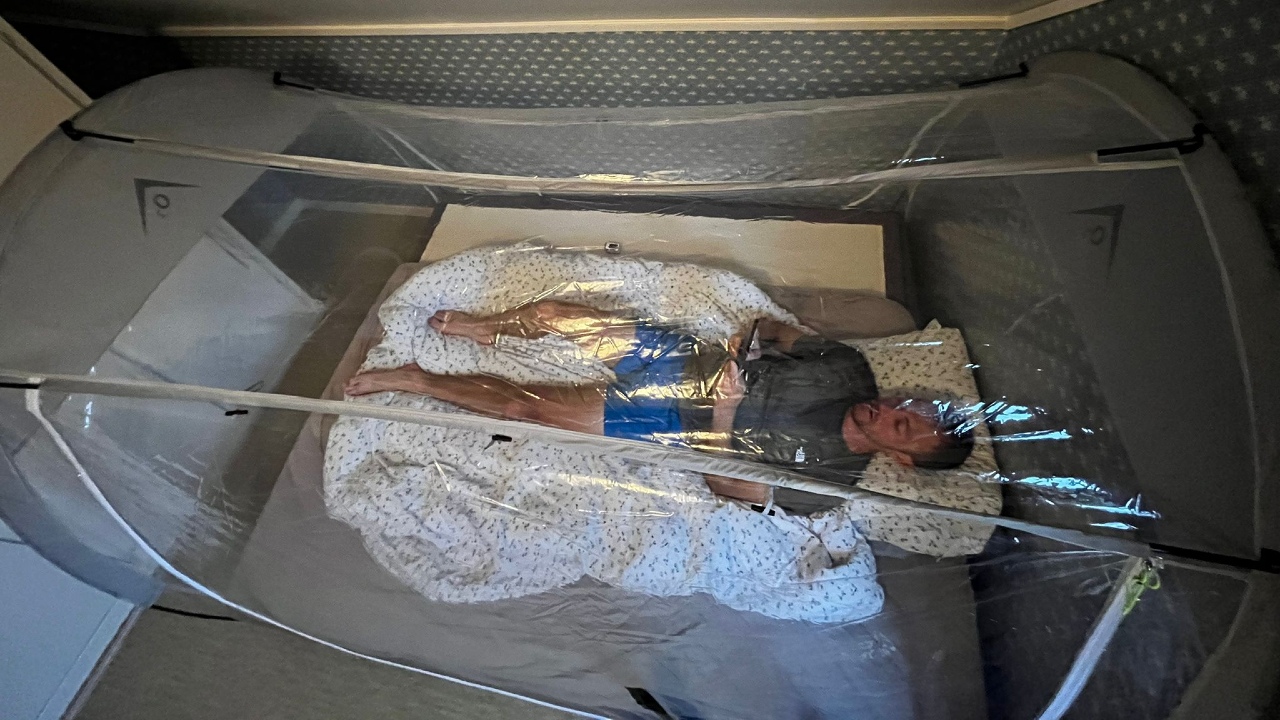
Key performance indicators
So you may be asking, but does sleeping in a tent at a simulated high altitude actually improve performance when racing “up high”? It is no lie that my fitness this year has been better than ever. This can be attributed to an increased focus level, tweak of training philosophy and generally being a more competitive person but I would say the tent has made a noticeable difference to my performance.
On arriving in Vallorcine, where I would stay for a week before the Marathon du Mont Blanc, I had the usual; tired from travel, unacclimatised to the heat and increased hay fever symptoms…but the altitude didn’t seem to bother me. Of course, I was only just over 1000m but running up to and over 2500m I generally felt like the same athlete that I am at sea level and this was a big plus for me.
This confidence showed in the race, which I won on the uphills! Something that is very unusual for me and has never happened in a competitive race before. So would I say the tent works to increase performance when racing at elevation? Yes.
Sleeping in a tent with artificially-altered air being pumped in is a far cry from what the “Jon of old” would have used. But as with the use of an incline treadmill for someone that lives somewhere flat, I am starting to realise that if you do want to compete or even enjoy yourself more in a race at altitude, this is a relatively cheap (compared to the cost of multiple altitude camps) and less disruptive way to do it. One thing is for sure: I will be sleeping in my small bubble when preparing for the CCC at UTMB in the weeks to come.

